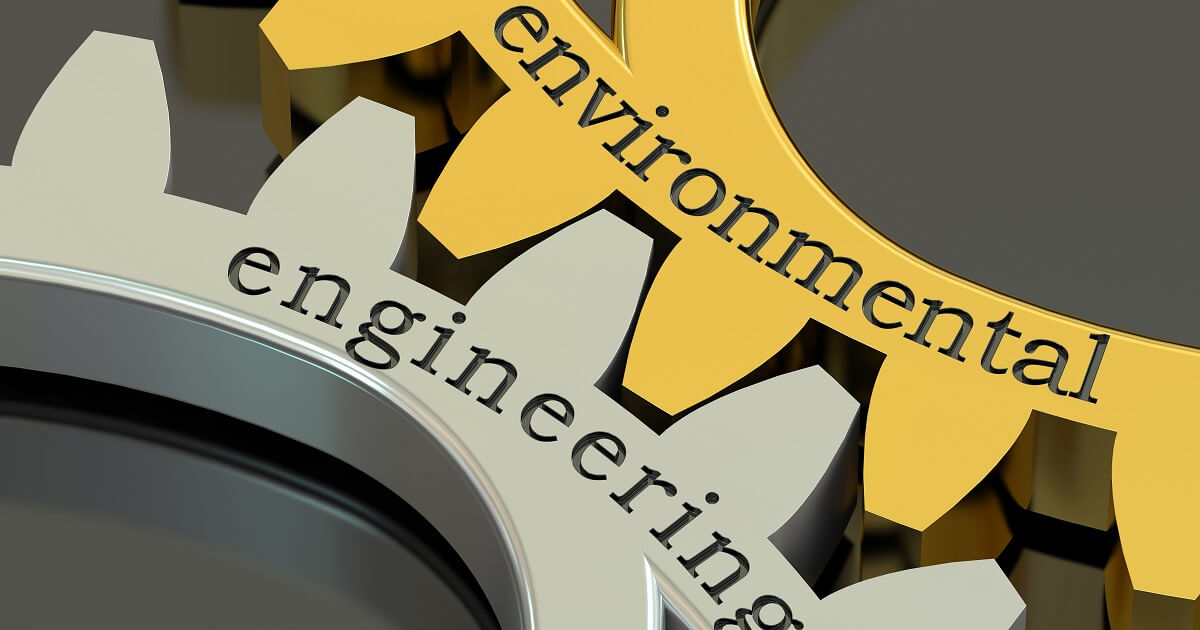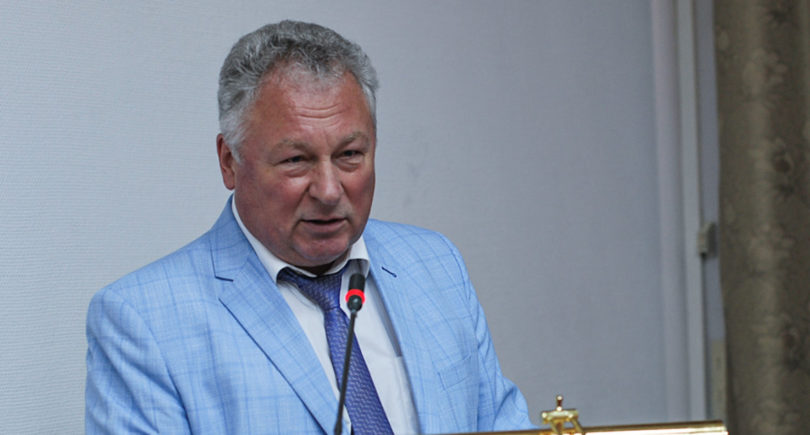
The CBAM will cause a decrease in Ukrainian producers’ investments
The European Union views the Carbon Border Adjustment Mechanism (CBAM) as a special fiscal tool to make producers of imported goods pay the same price for СО2 emissions as European producers. Hence, the purpose of the CBAM is to include in the cost of imported goods the costs that would arise if these goods were produced under the same greenhouse emissions regulation as in the EU.
The CBAM is a sore point for Ukraine, because the EU is our main trading partner. The role of the EU as a trading partner has significantly increased as a result of Ukraine’s commitment towards European integration over the past 5–6 years. The share of Ukraine’s exports to the EU increased from 34.1% in 2015 to 41.5% in 2019. Things have come to such a point that, for example, domestic steelmakers sell more to the EU market than to Ukraine’s domestic market.
Needless to say, the strengthening of economic ties can be regarded as a positive factor. However, there is also a downside to the coin. Ukraine’s excessive dependence on the EU market may in the long run become disastrous for its economy. A third of Ukrainian exports to the EU are carbon-intensive products that are potentially subject to the CBAM. These are products made of ferrous metals, fertilizers and other chemicals, as well as electricity. The introduction of the CBAM will mean a decrease in the competitiveness of Ukrainian exports, losses for the domestic economy, and a break in production chains between European and Ukrainian companies. In other words, Ukraine will suffer more than other countries from the introduction of the CBAM because of our close and partner relationships with the EU.
In its turn, the European Union expects to achieve the following goals due to the CBAM.
Reduce the risk of carbon leakage
Carbon leakage means an increase in greenhouse gas emissions outside the country, which occurs as a result of the transfer of production abroad due to differences in environmental policies of different countries. That means industrial production will decline in countries with tough environmental policies and increase in those with soft policies. The СВАМ aims to hinder this process.
Eliminate differences in climate ambition between countries
In the framework of the Paris Agreement addressing climate change, countries independently determine their goal to cut СО2 emissions. For instance, the EU is set to become carbon neutral by 2050. The targets of many trading partner countries are less ambitious.
Eliminate the asymmetry of climate policies in different countries
Combating climate change is a global challenge. Global goals can be attained only through global efforts. The EU has the Emissions Trading System (ETS). Carbon allowance prices are growing every year. But not all trading partner countries levy taxes on their CO2 emissions. Moreover, their applicable СО2 tax rates are lower than those in the EU. Trading partners have started to realize the importance of carbon neutrality of their economies only after the EU announced its plans to introduce the CBAM.
Having signed the Association Agreement with the European Union, Ukraine has become part of the European space and has undertaken to implement the EU environmental directives. Ukraine has developed a strategy for decarbonizing the economy and expressed readiness to join the European Green Deal. In terms of reduction of greenhouse gas emissions, Ukraine is moving in the same direction as the European Union, and the CBAM introduction in relation to Ukrainian exports therefore seems unreasonable and destructive for bilateral economic relations.
Moreover, the CBAM is a very controversial tool in terms of its effects. The EU expects the CBAM to help level the ‘rules of the game’ in terms of environmental policies in the European Union and partner countries. For Ukrainian producers, the CBAM will mean an increase in costs and unequal rules of the game, because capacities for government’s decarbonization incentives and the ability of businesses to raise funds are much poorer in Ukraine than in the EU.
The European Union intends to maintain the competitiveness of local producers through the CBAM. In this respect, the CBAM is another trade restriction for Ukrainian exports to the Union.
The CBAM will be an additional source of raising money for the EU budget. At the same time, Ukrainian producers will have no access to revenues from the CBAM accumulated by the EU. In actual fact, European producers will modernize their own facilities at the expense of Ukrainian companies.
The introduction of the CBAM will create conditions for the emergence of a market for low-carbon products in the EU. Yet Ukrainian producers will not be able to enter it, since they will not have the same support for decarbonization as in the EU.
The European Union expects to use the CBAM to foster active decarbonization across its borders and contribute to the global reduction of СО2 emissions. However, the CBAM will lead to a decrease in the investment resource of Ukrainian producers, which in turn will slow down the decarbonization process in the country.
The CBAM will have adverse implications for the Ukrainian economy. In the steel industry alone, these can mean a loss of up to 0.5% of GDP. These include both a decrease in export volumes and a curtailment in investments. Furthermore, there are risks of more significant losses in a long-term perspective, which currently cannot be identified. If the CBAM is applied to Ukraine on a general basis, it will slow down decarbonization in the country. The CBAM should not be applied to Ukraine, which has already undertaken a commitment to achieve the goals of the European Green Deal. Conversely, the exclusion of Ukraine from the scope of the CBAM will be an incentive for the Ukrainian economy.
The article was originally posted here.




